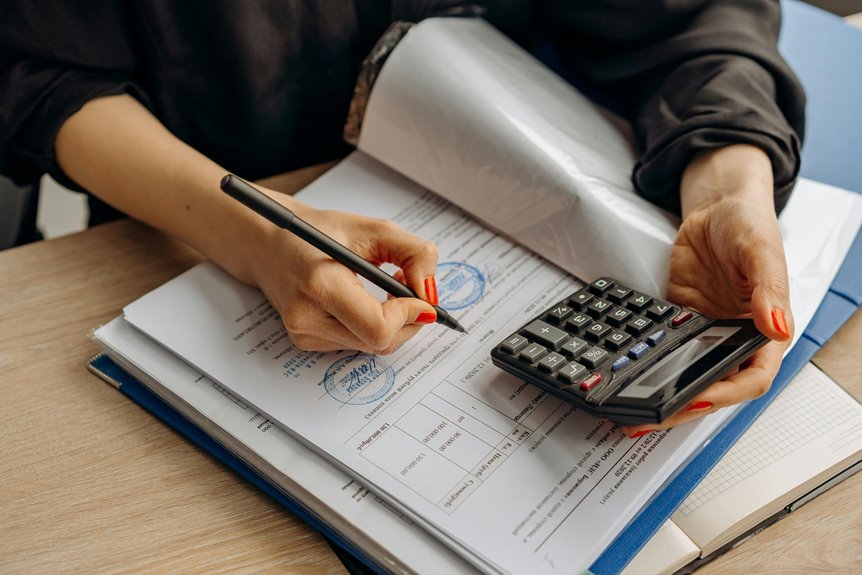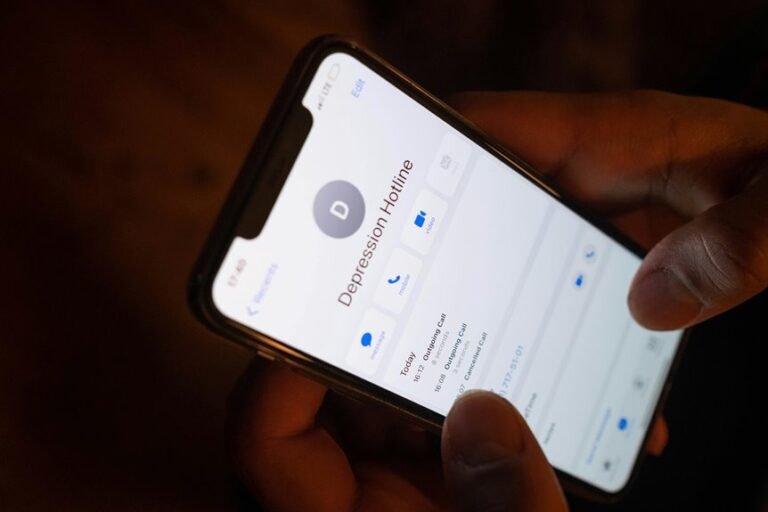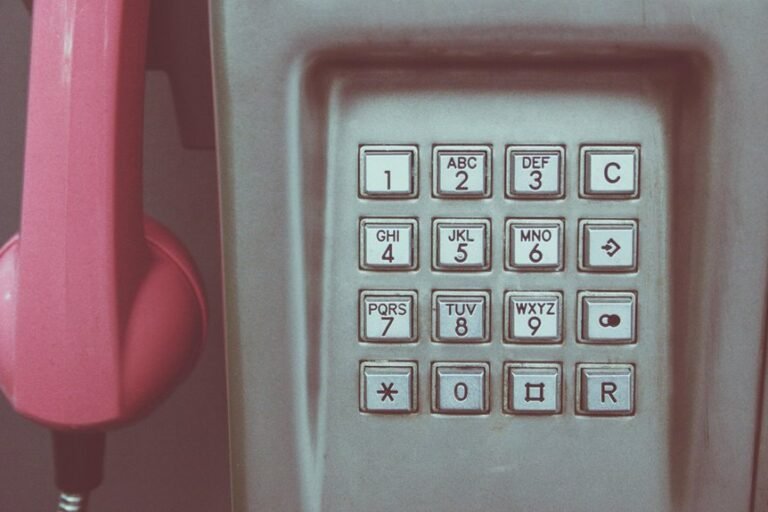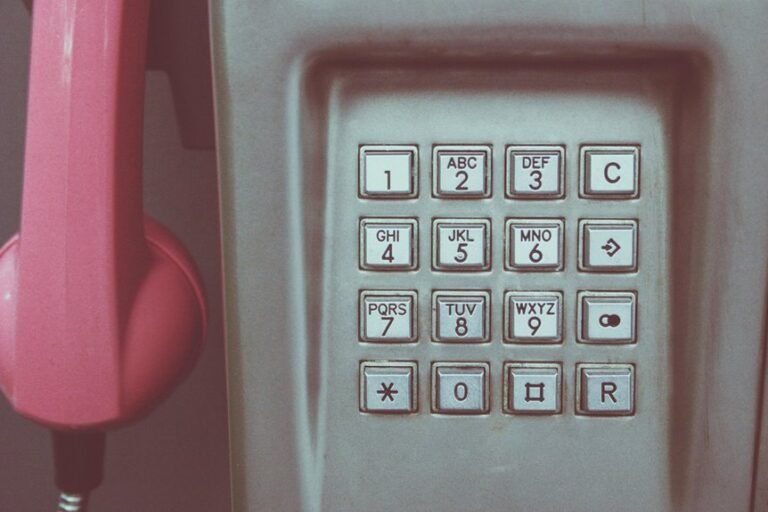Who Called Me From 9452185392, 9452285426, 9472221080, 9492011141, 9493175442, and 9494097489? Verify Now

Calls from numbers such as 9452185392, 9452285426, 9472221080, 9492011141, 9493175442, and 9494097489 can generate uncertainty for recipients. Understanding the nature of these calls is crucial. Utilizing number lookup services can clarify their origins and intentions. This verification process not only aids in identifying potential scams but also enhances personal communication security. How one navigates these calls could significantly impact their daily interactions. The implications of ignoring this could be profound.
Understanding the Caller ID: What Do These Numbers Mean?
How can one interpret the numbers displayed on a caller ID?
Caller identification involves analyzing phone number patterns that reveal the origin and type of call. The first digits often indicate geographical regions or service providers, while the subsequent numbers can signify specific lines or businesses.
Understanding these patterns empowers individuals to discern calls, fostering a sense of autonomy in managing their communication landscape.
How to Verify Unknown Numbers Effectively
Recognizing the significance of caller ID numbers lays the groundwork for effectively verifying unknown numbers.
Utilizing a number lookup service can provide insights into the origin of an unfamiliar call, enhancing informed decision-making.
Additionally, integrating call blocking features can prevent future disturbances from unwanted numbers, fostering a sense of autonomy.
Thus, employing these strategies ensures a proactive approach to managing unknown communications.
Tips for Dealing With Unwanted Calls
Unwanted calls can disrupt daily life and create a sense of unease. Individuals seeking freedom from these disturbances should consider implementing call blocking features available on most devices.
Additionally, reporting scams to relevant authorities enhances collective awareness and aids in targeting offenders. By adopting these strategies, users can reclaim their privacy and reduce the frequency of unwanted communications effectively.
Conclusion
In an age where unknown numbers can disrupt daily life, understanding their origin is crucial. As individuals navigate the murky waters of unsolicited calls, the question lingers: are these numbers harmless or harbingers of deceit? By employing verification methods, callers can unveil the true nature of these digits, transforming uncertainty into clarity. Yet, the lingering suspense remains—will the next ring reveal a genuine connection or an unwanted intrusion? The choice lies in proactive investigation.





